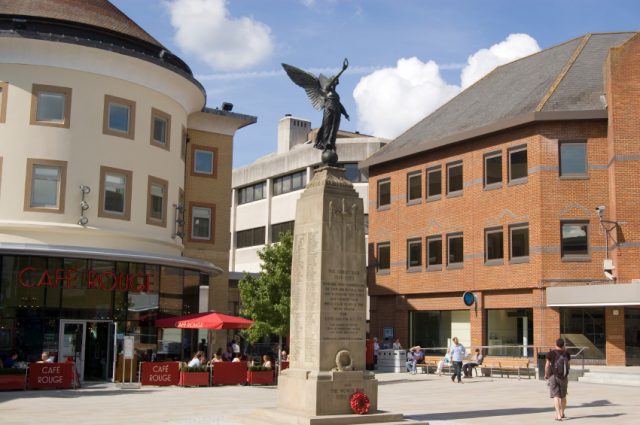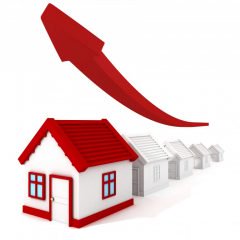Renting is More Expensive than Buying in Most of the UK
The cost of renting a home is more expensive than buying a property in the majority of the UK, according to new data from Halifax.
The mortgage lender found that it takes longer to reach rental freedom day than it does to reach mortgage freedom day – this means that tenants spend more of their disposable income on housing than homeowners.

Renting is More Expensive than Buying in Most of the UK
On average, mortgage borrowers would have earned enough to pay off their annual mortgage payments by 19th April, while renters will have only earned enough to cover their annual rent by 5th May.
The Halifax found that homeowners spend 29% of their disposable income on their mortgage, compared to 34% by tenants on their rent.
The figures were calculated by using average rent prices, house prices, net annual income and mortgage rates. The bank found that renting is more expensive than buying in all but one area.
For tenants in London, it takes more than half the year to reach rental freedom day, at 195 days. Londoners must wait until 13th July to have earned enough to cover their rent for the year. It takes homeowners in the capital until 26th June to cover the cost of their annual mortgage.
Contrastingly, renters in the North East take less than half the time to cover annual rent costs, at 96 days.
It takes 143 days to reach rental freedom day in the South West, 137 days in the South East, and 122 days in the North West.
After the North East, the regions with the shortest periods are Yorkshire and the Humber at 100 days, the East Midlands at 104, the West Midlands at 112, and 113 days in the East of England.
The Mortgage Director at Halifax, Craig McKinlay, comments: “For most homeowners, mortgage payments are the biggest outgoing every month; knowing they’ve earned enough to pay off their mortgage for another year should be a reassuring thought.
“On the other hand, those who rent will need to work a further couple of weeks to have earned enough to cover their annual rental cost.”
In Scotland and Northern Ireland, homeowners have earned enough to pay off their annual mortgage payments by 12th March, while in Wales, it is 1st April. There is no data available for rent costs in Scotland, Northern Ireland or Wales.
Rental freedom day is calculated by taking annual rent payments as a percentage of average disposable income.








